

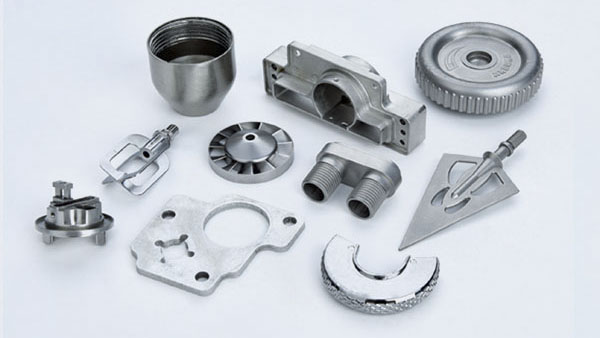
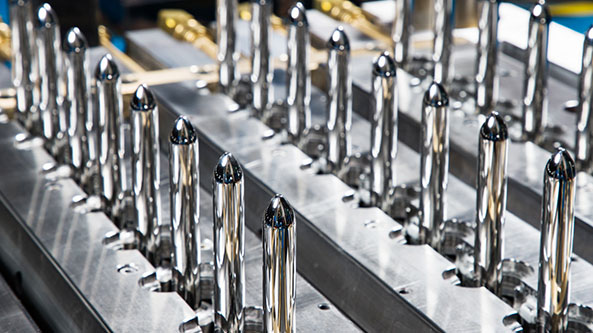
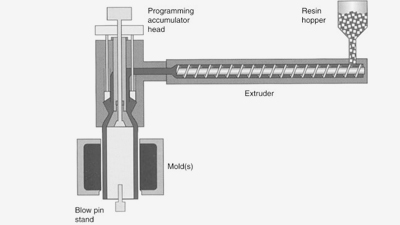
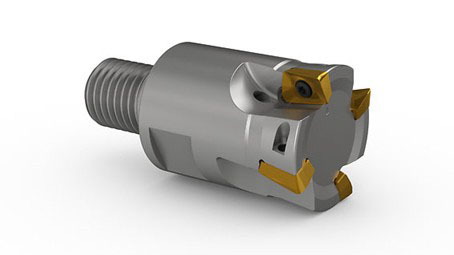
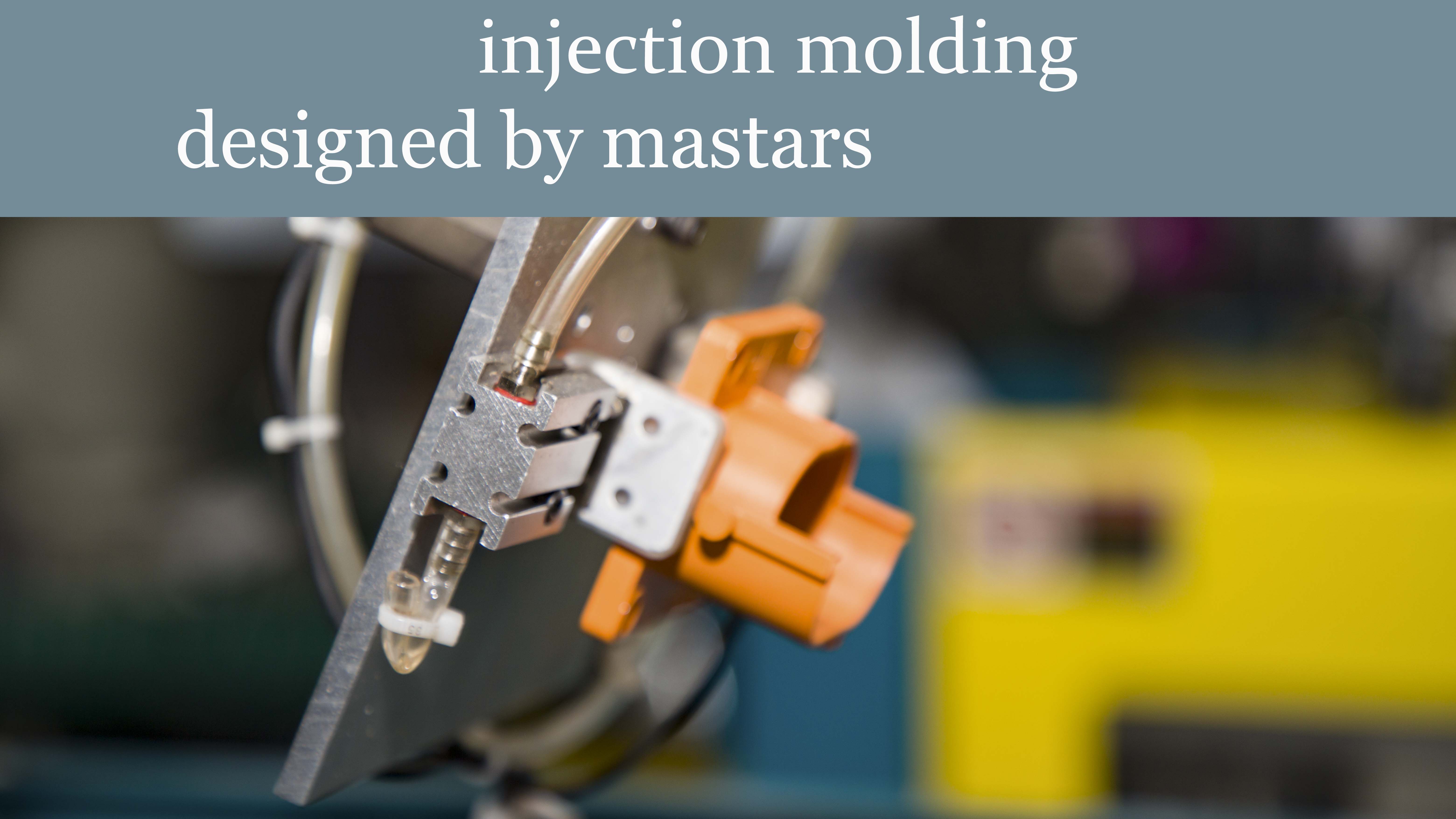
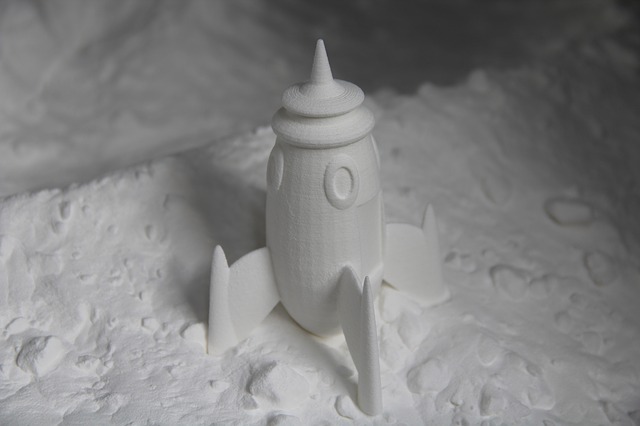
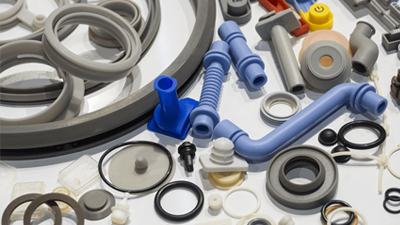
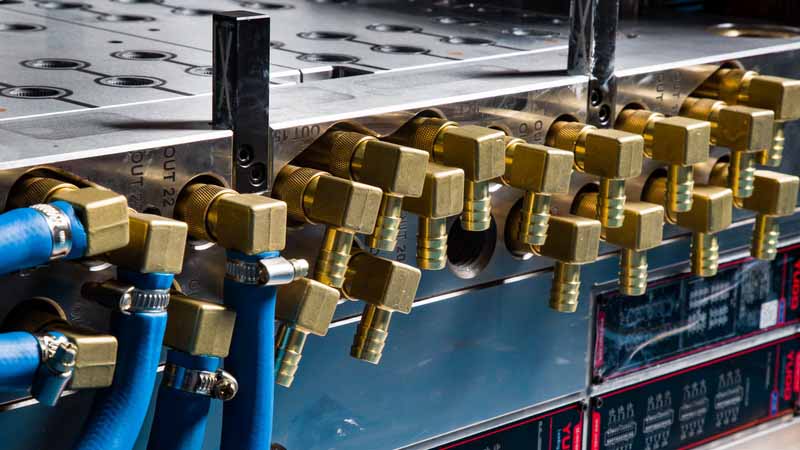
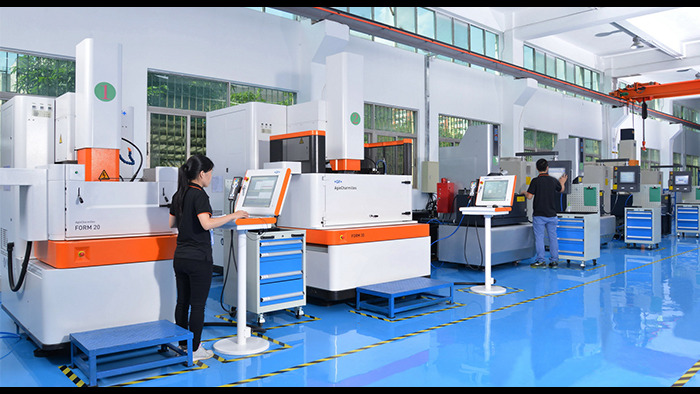
When your business counts on high-quality plastic injection molded parts, Meiyu Tongrun is your premier choice. As an ISO 9001 certified manufacturer, we make use of advanced 3D design, tool manufacturing, plastic injection molding, and robotics. Meanwhile, Mastars excels in offering rapid CNC services, rapid CNC machining, and rapid prototyping services—all designed to meet the diverse needs of modern manufacturing.
Owing to its outstanding mechanical strength and excellent comprehensive performance, ABS plastics play a crucial role in the electronics industry, machinery industry, transportation sector, building materials field, and toy manufacturing industry. They are especially indispensable for slightly large box structures, load-bearing components, and decorative parts that require plating. Based on years of practical experience, we conduct the following analysis on the ABS plastic injection molding process.
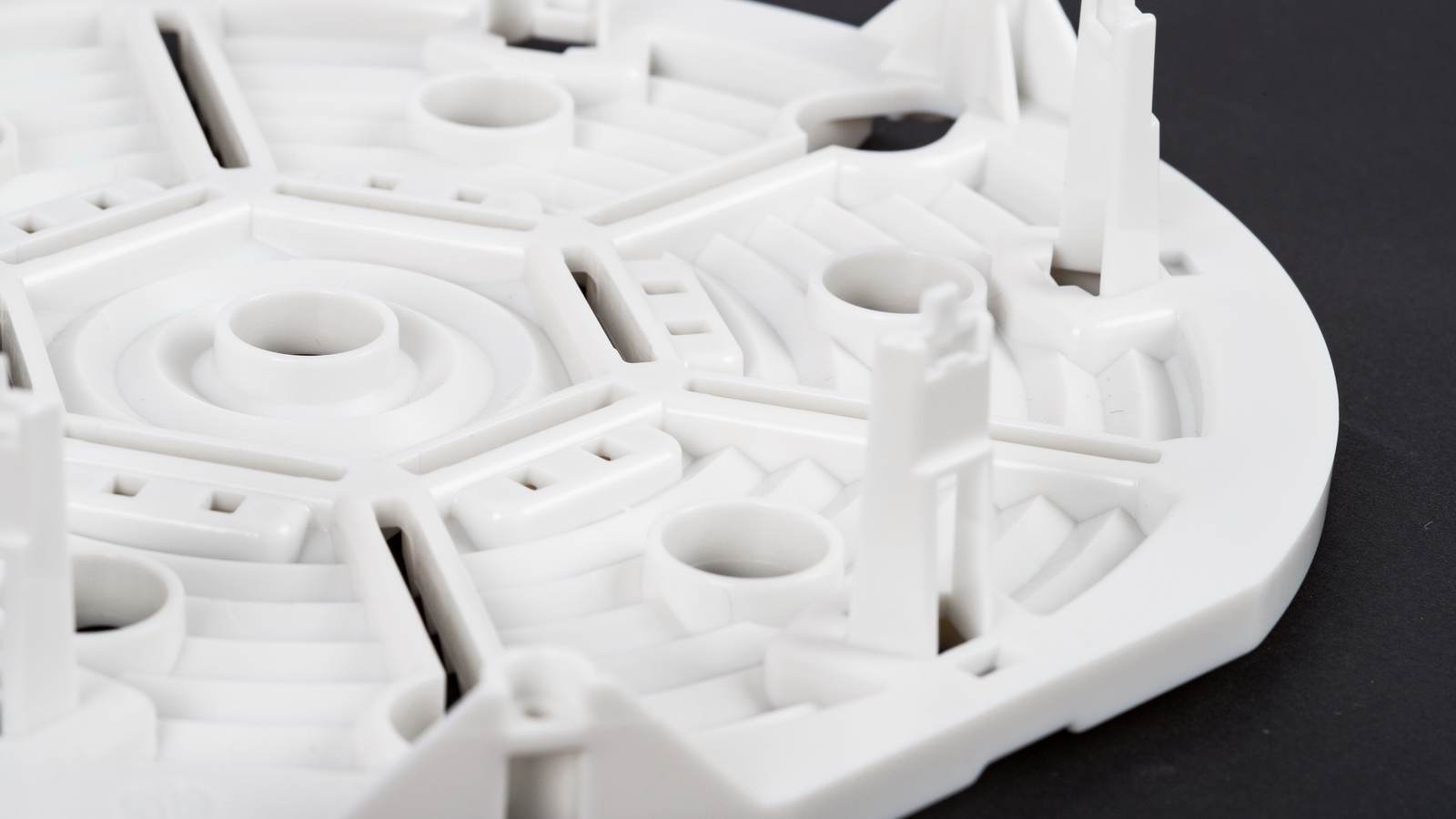
ABS plastic has strong hygroscopicity and high sensitivity to moisture. Sufficient drying and preheating before processing can not only get rid of the firework-like bubbles and silver wires on the workpiece surface caused by water vapor but also help with plasticization and reduce color spots and moire on the workpiece surface. The moisture content of ABS raw materials should be controlled below 0.13%.
The drying conditions before injection molding are as follows:
If the workpiece needs to have particularly good gloss or has a complex structure, the drying time should be longer, up to 8~16h. A common oversight is that trace water vapor can lead to fog spots on the part surface. It is advisable to convert the machine's hopper into a hot air hopper dryer to prevent the dried ABS from absorbing moisture again in the hopper. However, it is necessary to strengthen humidity monitoring for such hoppers to avoid material overheating in case of unexpected production interruption.
The relationship between the injection temperature and melt viscosity of ABS plastic is different from that of other amorphous plastics. When the melting temperature rises, the melt viscosity decreases very little. But once the plasticizing temperature (the suitable processing temperature range, such as 220~250℃) is reached, if the temperature continues to rise blindly, it will cause thermal degradation of ABS (which has low heat resistance). This will not only increase the melt viscosity and make injection molding more difficult but also reduce the mechanical properties of the parts.
Although the injection temperature of ABS is higher than that of polystyrene and other plastics, it does not have a relatively flexible heating range like them. For some injection molding machines with poor temperature control, after producing a certain number of ABS parts, yellow or brown coking particles are often embedded in the parts, and it is hard to remove them even by injecting new materials into the air.
The reason is that ABS plastic contains butadiene. When a plastic particle adheres tightly to some non-washable surfaces in the screw groove at high temperature and is exposed to high temperature for a long time, it will undergo degradation and carbonization. Since high-temperature operation may bring problems to ABS, it is necessary to limit the furnace temperature of each section of the charging barrel. Of course, different types and compositions of ABS have different furnace temperatures:
It is particularly noteworthy that due to its high processing temperature, ABS is sensitive to changes in various process factors. Therefore, the temperature control of the barrel front end and nozzle is very important. Practice has proved that even small changes in these two parts will be reflected in the workpiece. Larger temperature changes will lead to defects such as fusion joints, poor gloss, flash, die sticking, and discoloration.
The melt viscosity of ABS melt is higher than that of polystyrene or modified polystyrene, so a higher injection pressure is used during injection. However, not all ABS parts require high pressure; small, simple, and thick-walled parts can use low injection pressure.
During the casting process, the pressure in the mold cavity at the moment of gate closure often determines the surface quality of the workpiece and the degree of silver wire defects. If the pressure is too low, the plastic will shrink significantly, and there is a high chance of separation from the cavity surface, resulting in surface atomization of the workpiece. If the pressure is too high, the friction between the plastic and the cavity surface will be strong, which is easy to cause die sticking.
A medium injection speed works best for ABS material. If the injection speed is too fast, the plastic is prone to scorching or gas separation, leading to defects such as fusion joints, poor gloss, and red plastic near the gate. However, when producing thin-walled and complex parts, a sufficiently high injection speed is still necessary; otherwise, it will be difficult to fill the mold.
The forming temperature of ABS is relatively high, so the mold temperature is also relatively high. Generally, the mold temperature is adjusted to 75~85℃. When producing parts with a large projection area, the fixed mold temperature should be 70~80℃, and the moving mold temperature should be 50~60℃. When injecting large, complex, and thin-walled parts, special mold heating should be considered.
To shorten the production cycle and maintain the relative stability of the mold temperature, after taking out the parts, methods such as cold water bath, hot water bath, or other mechanical shaping methods can be used to replace the original cold fixation time in the mold cavity.
When injecting ABS plastic into a general injection molding machine, the injection quantity each time should only reach 75% of the standard injection quantity. To improve the part quality, dimensional stability, and uniformity of surface gloss and tone, the injection quantity should be 50% of the calibrated injection quantity.